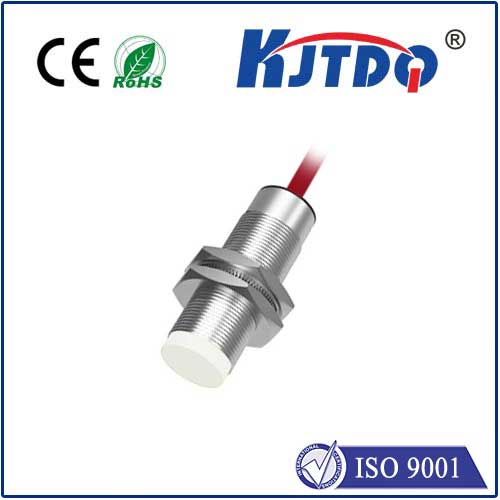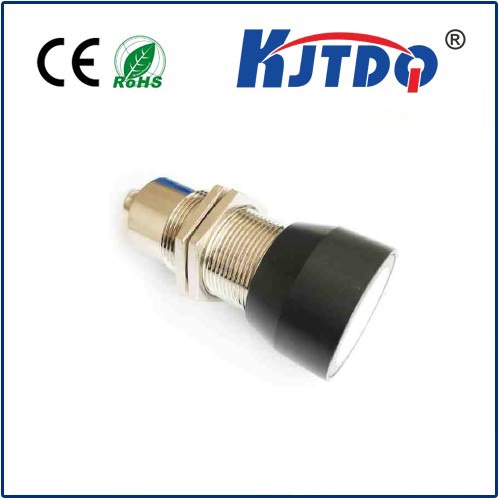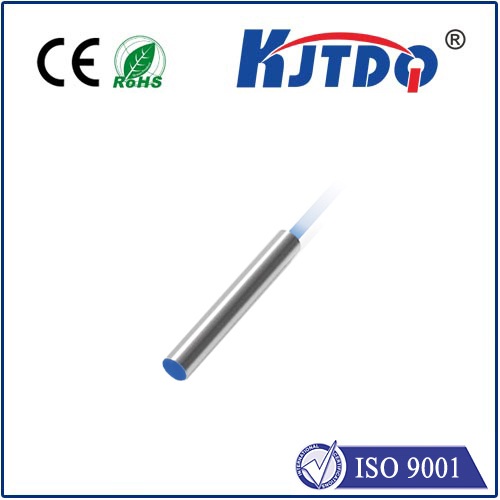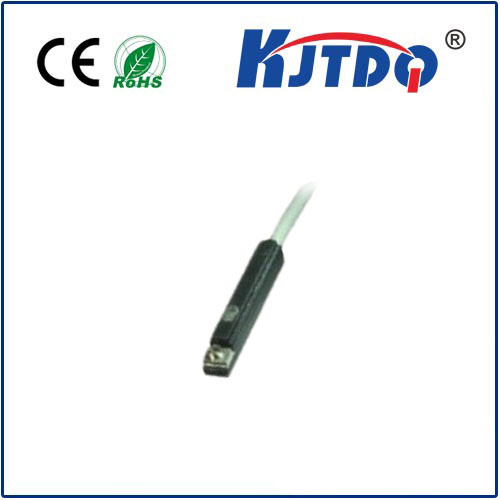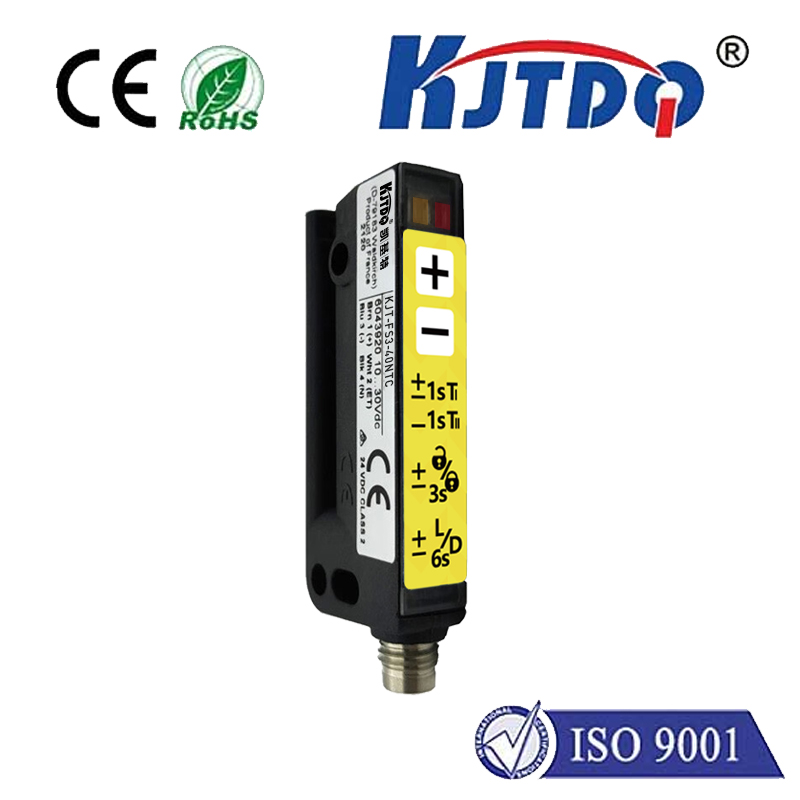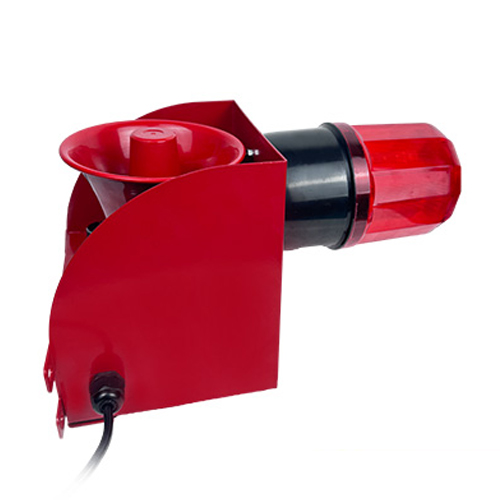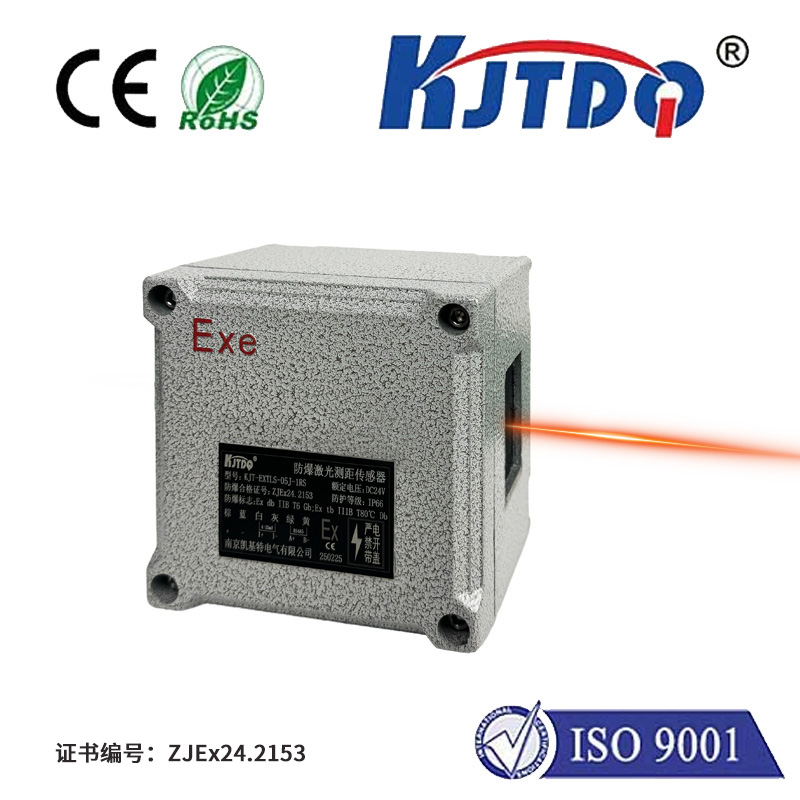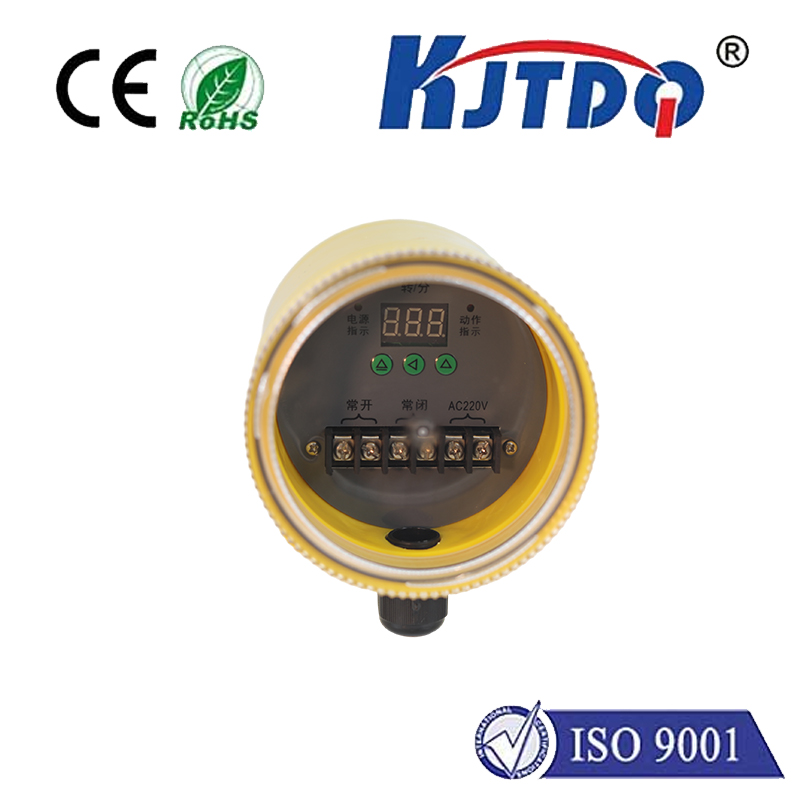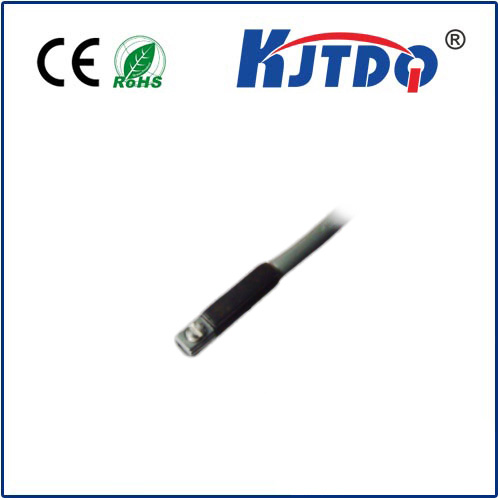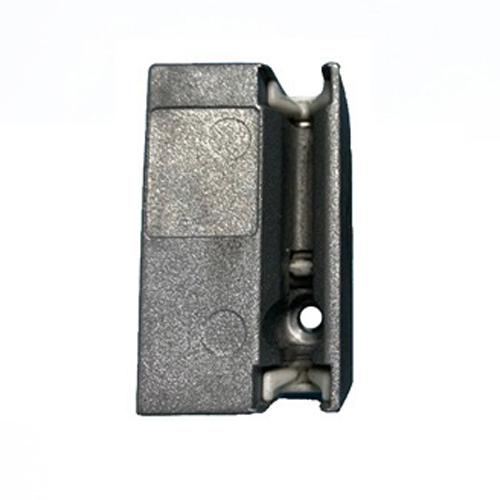

check

check

check

check

check

check

check

check

check

check
The quest for treasure has been a fascination for centuries. From pirates searching for lost ships' gold to modern-day treasure hunters looking for long-lost artifacts, the allure of discovering something valuable from the past is undeniable. One of the most essential tools for treasure hunters today are metal detectors and proximity sensors. In this article, we'll delve into the science behind these two devices and how they work together to help you uncover hidden treasures.
Metal Detectors: The Basics
A metal detector is an electronic device that uses electromagnetic fields to detect the presence of metal objects. These detectors work by sending a continuous stream of low-level electrical signals through a coil of wire connected to a receiver antenna. When a metal object passes through the coil, it disrupts the electrical field, causing the detector to alert the user.
There are several types of metal detectors, each designed for different purposes and detection depths. Some popular models include monochromatic (black and white) detectors, color detectors, and Teflon/Graphite models. The detection depth of a metal detector is measured in inches (IPM), with higher IPM numbers indicating greater detection depth and sensitivity.
Proximity Sensors: Understanding their Role
Proximity sensors are another critical component in metal detecting equipment. These small electronic devices measure the distance between two objects using electromagnetic induction. When a metal object passes through a proximity sensor, it generates a magnetic field that triggers an electronic signal. This signal is processed by the metal detector's control panel, allowing the user to determine the exact location of the detected object.
Proximity sensors can be integrated into various metal detecting components, including search coils, control panels, and even some portable units. They play a crucial role in guiding the search direction and adjusting the sensitivity of the detector to ensure accurate detection results.
The Science Behind Metal Detectors and Proximity Sensors
The working principles of metal detectors and proximity sensors may seem complex, but they rely on fundamental principles of physics. Electromagnetism plays a central role in both devices, as they utilize electric currents to create alternating magnetic fields.
When a metal object passes through a coil of wire, it creates a disturbance in the alternating current, disrupting the magnetic field around it. This disruption causes the electromagnetic field to weaken, triggering an alarm in the metal detector or proximity sensor. By measuring the strength and timing of these signals, metal detectors and proximity sensors can accurately determine the location, size, and type of metal objects present.
Integration and Optimization
To achieve maximum accuracy and efficiency in your metal detecting endeavors, it's essential to combine metal detectors with proximity sensors and optimize their settings accordingly. This process involves tweaking various parameters, such as search coil frequency, sensitivity, and threshold settings, to maximize signal-to-noise ratio and reduce false alarms.
By carefully tuning these parameters and understanding how they interact with one another, you can improve the overall performance of your metal detecting equipment and increase your chances of success in locating valuable treasures buried beneath the ground.
Conclusion
Metal detectors and proximity sensors are powerful tools for treasure hunters seeking to uncover hidden artifacts from the past. By understanding the science behind these devices and optimizing their settings, you can significantly enhance your chances of success in your search for buried treasures. So grab your metal detector and proximity sensor, head out into the field, and let your adventure begin!
